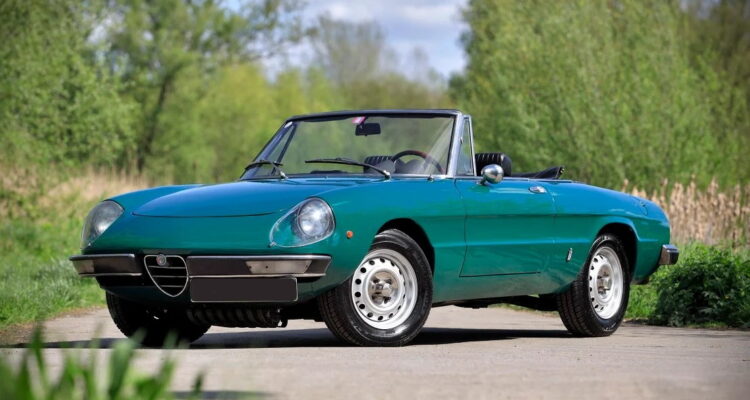Have You Ever Heard of – The Pegaso Z-102?
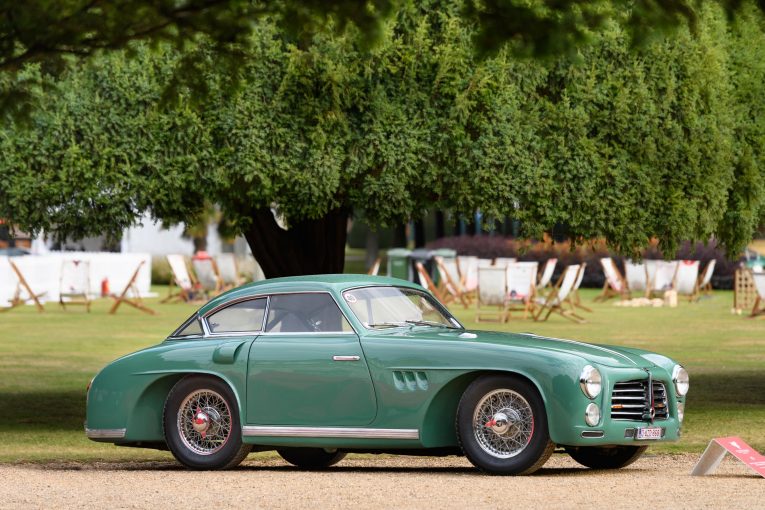
Historically speaking the Spanish automotive industry isn’t particularly abundant when it comes to classic sports cars. When most of us think of two-door coupés from the 1950s our brains immediately settle on the Italians with their beautiful Ferraris, Maseratis and Alfa Romeos. Or perhaps our minds stay closer to home and we envisage those sublime, sweeping lines of the Jaguars and Aston Martins of the era. One place we don’t tend to consider, generally speaking, is Spain. But back in the early ’50s a little known company – more noted for building trucks and buses than sporty two-seaters – managed to create the fastest production car in the world. The company was Pegaso and the car was the Z-102.
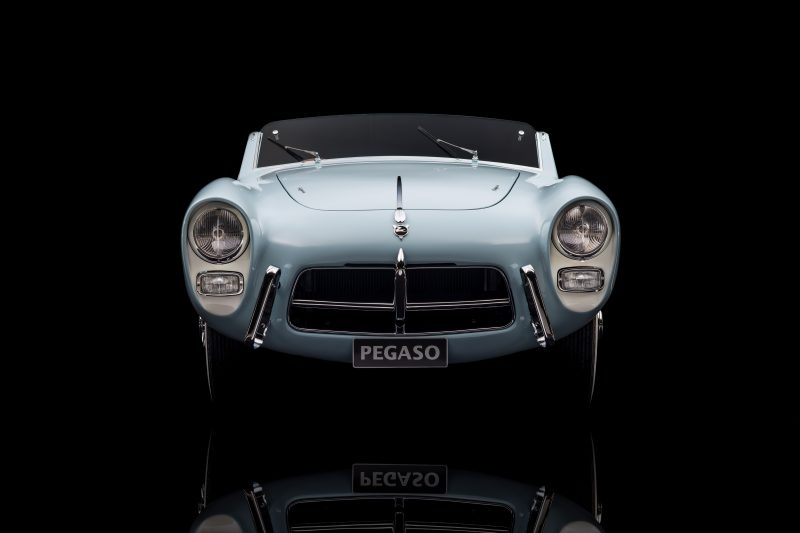
The company itself – its name derived from the famous flying horse of Greek mythology – was an offshoot of parent company Enasa, a state-owned vehicle manufacturer that was set up after the Second World War in an effort to help revitalise Spain’s ailing industrial endeavours following the ravages of not only a global conflict but also the recent civil war. Initially its main focus was building commercial vehicles, trucks and the like, but a Spanish engineer by the name of Wifredo Ricart had other, more sporting ideas.
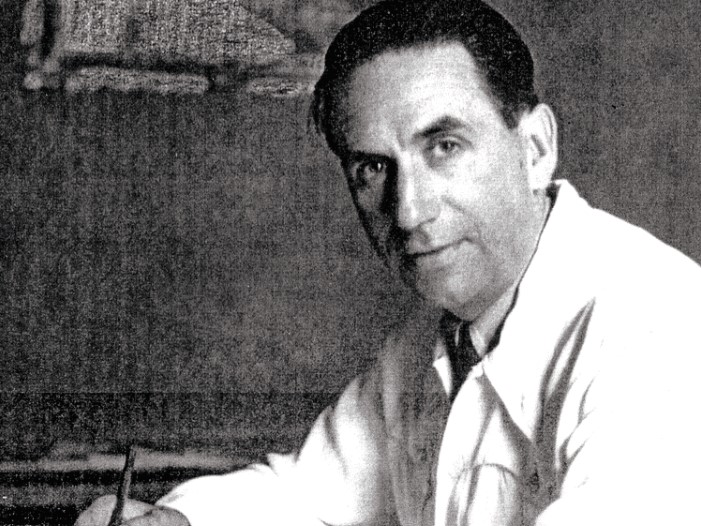
Ricart had returned home to Spain after World War 2 having been the chief engineer at none other than Alfa Romeo in Italy for eight years. It would turn out to be a propitious repatriation for the newly formed Enasa who were looking for a creative director at the time and the newly appointed Ricart immediately got to work developing a state of the art sports car. Although experienced in building race engines (he designed the Alfa Romeo Tipo 512 Grand Prix prototype), legend has it Ricart’s motivations for developing a performance car were spurred by a run-in with Enzo Ferrari during their time together at Alfa Romeo. Apparently the two didn’t exactly see eye-to-eye and the Spaniard’s new project was brought to fruition as a challenge to his rival, who had famously begun building sports cars of his own in the late ’40s.

Whatever the impetus, we’re just glad Ricart was able to forge ahead with his vision and the car, dubbed the Pegaso Z-102, was rather ahead of its time. It was the company’s second project after the Z101 – a V12, luxury four-door saloon that was eventually shelved in favour of this sportier, two-door coupé. Proudly displaying the company’s flying horse logo on the bonnet the Z-102 featured an all-aluminium, quad-cam V8 engine that was initially offered in 2.5-litres but later enlarged to both 2.8 and 3.2-litres. A supercharged version was also developed and depending on the type of induction and carburettor setup the power output varied greatly. From around 165 all the way up to 300bhp, the top spec motor made the Pegaso Z-102 the fastest production car in the world at the time with a top speed in excess of 150mph. Quite the accolade from such a fledgling company looking to make its mark in post-war Spain.
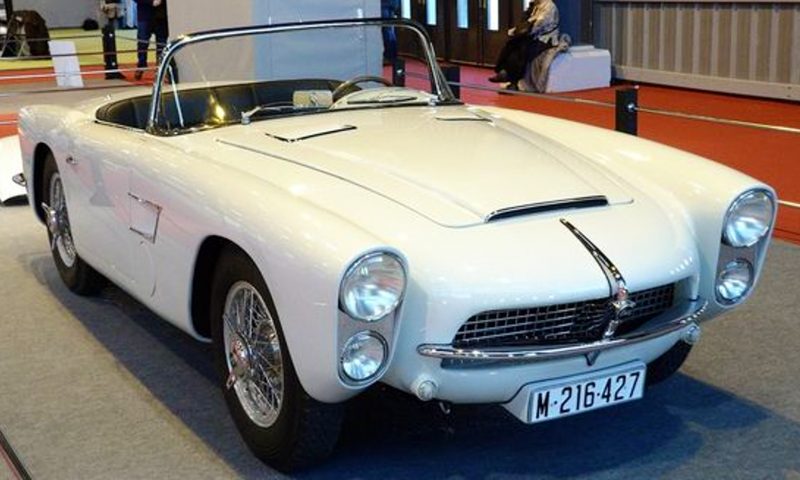
Not only was the engine a peach but the car’s running gear was also innovative. With independent front suspension and a DeDion rear end, along with its trans-axle and gear-driven five-speed transmission setup, the rear-wheel drive Z-102 was certainly advanced. The chassis too was unconventional, utilising a pressed-steel structure and welded rectangular sections making for a strong base and putting it streaks ahead of the competition in terms of technical design. The steel bodywork, although designed by Ricart, was left to external coachbuilders to actually put together, with the majority being built by the Italian firm Carrozzeria Touring. The rest were farmed out to compatriots Serra and the French company Saoutchik which resulted in slight variations between builds. What resulted was a choice of fixed head coupé (Berlinetta) and convertible (Spider) models, both of which were, and still are, truly beautiful creations.

The Pegaso Z-102 also dipped its rather elegant toes in the waters of competitive motorsport and competed in several high profile events, including the 1952 Monaco Grand Prix (when it was run as a sports car race) and a year later in the 24 Hours of Le Mans. Unfortunately the cars were uncompetitive and although they were genuinely fast, their excess weight and insufficient brakes were too much of a drag to enable the cars to garner any favourable results and as such they were rather unceremoniously withdrawn from competition.
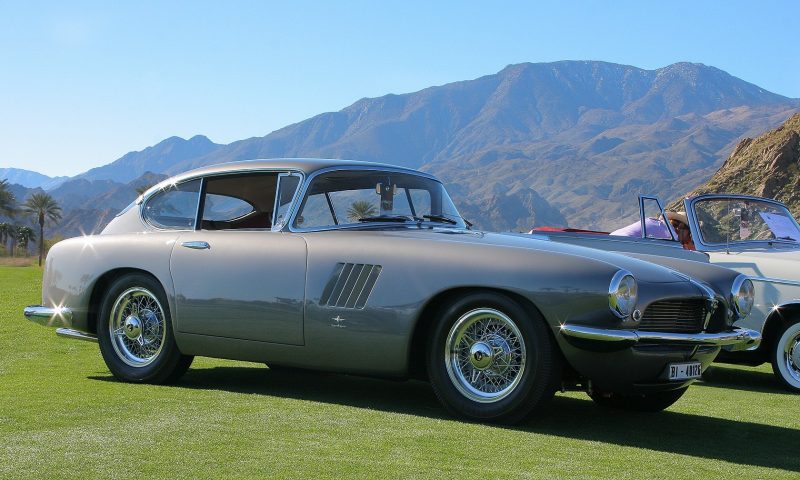
For all of its innovation the Z-102 was arguably over-complicated which made the thing rather expensive to produce. This would turn out to be its Achilles’ heel, sticking with Greek mythology, and escalating costs would prove to be the car’s downfall. The Pegaso Z-102 was way more expensive than the equivalent Ferraris, Aston Martins and Jaguars of the time and essentially priced itself out of business. As such, this particular flying horse’s trajectory was sadly cut rather short and the project was well and truly grounded in 1958 after allegedly just over 80 cars had been produced.
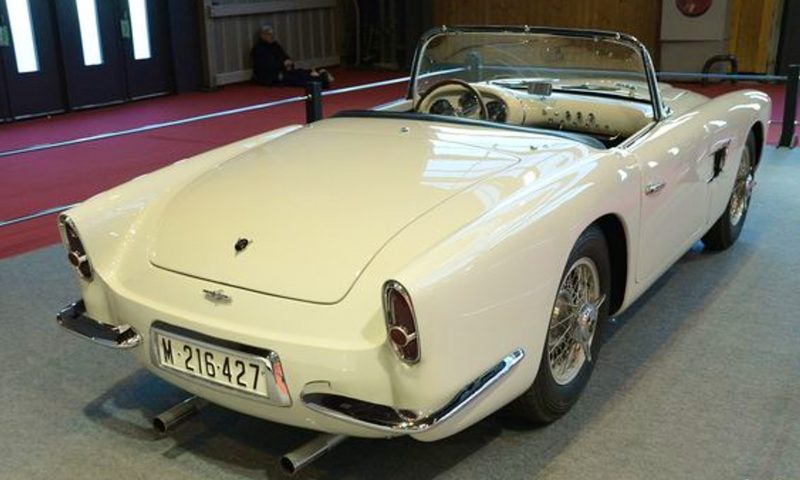
If it was an expensive car in the ’50s then it is prohibitively so nowadays. The reserve of concours events in sunny climbs where real estate prices reach stratospheric levels the Z102 is a spectacularly rare beast but one that remains as evocative as it did when it was unveiled by Pegaso all those years ago. It also remains an absolute nightmare to work on thanks to the ambition of Ricart and the complexity of its design but then if you can afford to buy one then you can almost certainly afford to pay somebody to get their hands dirty for you should the need arise to fix a broken wing.

